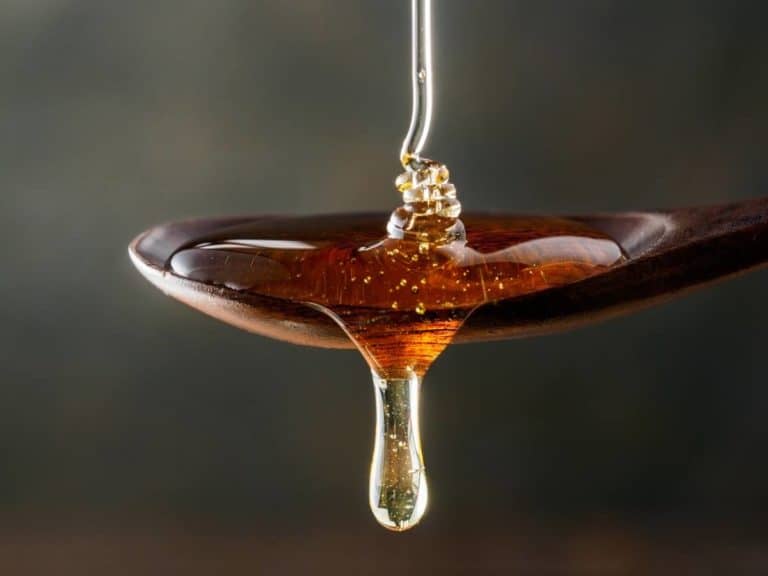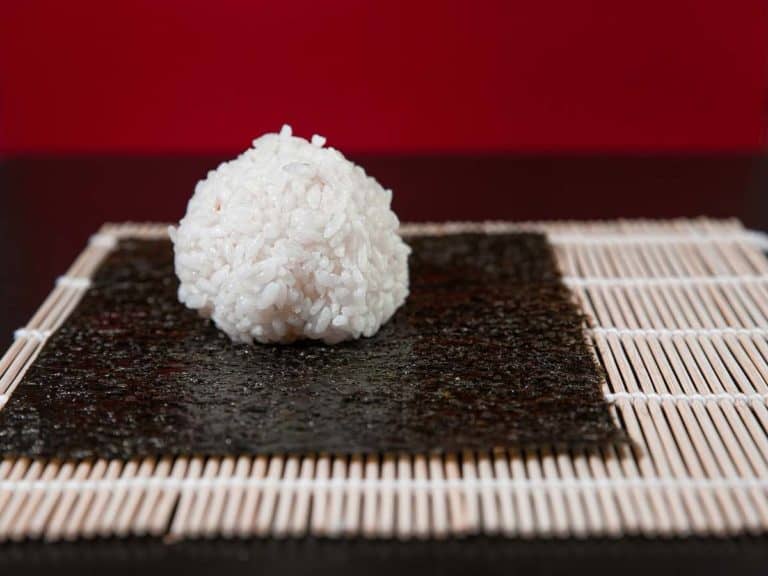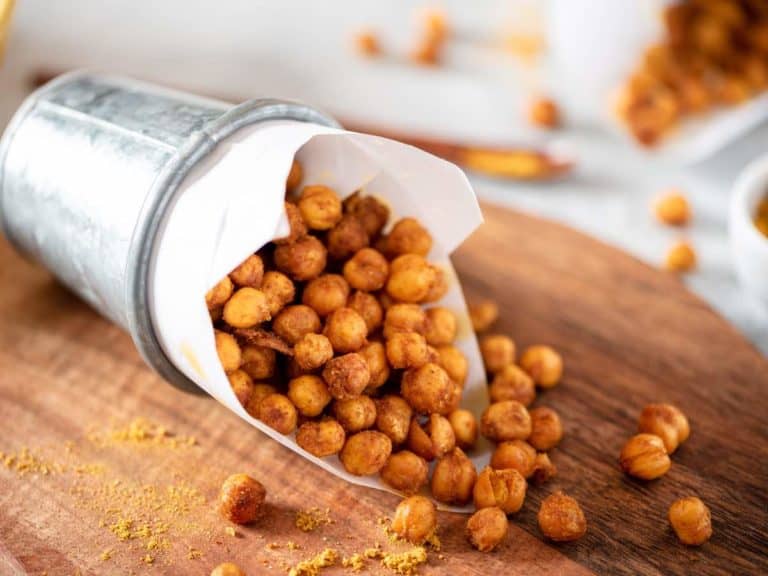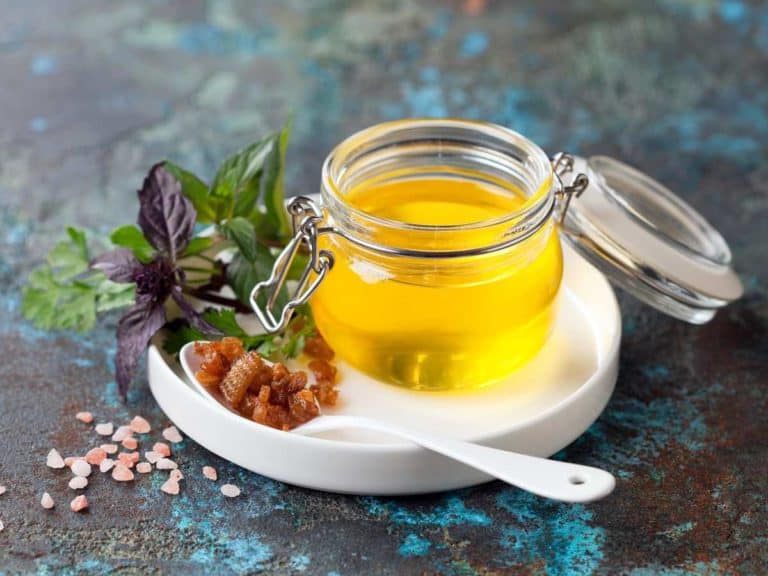What Happens When You Steam Steak
Steak is probably one of the most technical foods to cook because it can be delicate. Grilling and pan-searing are two of the most common ways to cook it. But, did you know you can also steam it? You can test your culinary skills by knowing how to steam steak.
One way to steam a steak is on the grill. First, cover your steak with aluminum foil, but not tightly. Then place the steak on a grill and close it. As it heats, the meat releases its juices and evaporates. The steam then circulates around the space inside the packet, cooking the meat.
Which steaming technique you use and how you use it will decide what you will have for dinner. Either your meal is succulent tender meat or dry leather pretending to be food. So if you don’t want to waste a quality piece of beef, you will want to properly know how to steam steak.
What Happens When You Steam Steak
Cooking is basically doing chemistry with food. Cooking with steam does chemical reactions that are different from other cooking methods. Thus, the end results of steamed foods are different from, say, pan-searing or grilling. Below you’ll have an idea of what happens when you steam. Brace yourself for a bit of science talk.
You’ll likely use water as the source of your steam. Water boils at 212 °F (100 °C) at normal atmospheric pressure. In contrast, pan-searing steak can go as high as 425°F (218 °C), while grilling can go between 450 to 500 °F (232 to 260 °C).
The higher temperatures in pan-searing and grilling have different chemical reactions. These reactions don’t happen in steaming. The chemical reactions that turn the meat brown are some of the most famous. They are collectively called the Maillard reactions. The Maillard reactions are a huge complex of other chemical reactions. These chemical processes produce compounds with flavors that people enjoy in meat.
The Maillard reactions usually start to happen at 280°F (140 °C), way above steaming temperature. So you will not have the same flavor results with steaming.
That is the main issue, but there is good news. Steaming is healthier.
Those same tasty Maillard compounds have also been found to be carcinogenic. Besides, you can work around the lack of flavor from steaming.
If you just steamed steak by itself, then of course it would taste bland. But you can also steam the meat in spices, herbs, and other flavorings. If you do, then you can end up with a delicious, succulent, savory steamed meal.
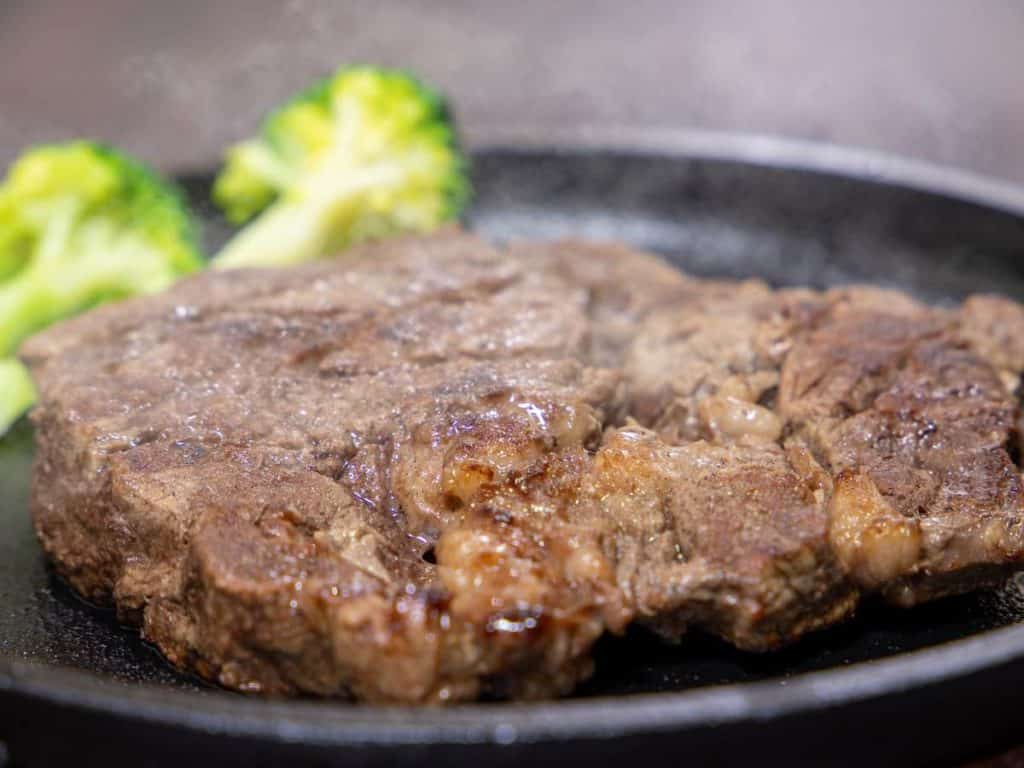
How Long It Takes To Steam Steak
The time it takes to steam steak depends on 3 main factors.
The first is how much meat you are steaming. Obviously, cooking for one will be faster than cooking for the whole family.
The second is which steaming technique you are using. With all things equal, one technique can be faster than the other.
And the third is the cut of meat.
For example, the shank tends to be the cheapest and toughest cut of beef. Because it’s naturally dry, it’s best cooked for a long time in moist heat like steaming. The filet mignon is usually the smallest and thinnest cut so it also tends to cook fast.
Related Article: How Long Does Vacuum Sealed Chicken Last in the Fridge?
Two Main Ways To Steam Steak
The two main ways to steam steak is with a steamer and without a steamer. All the other ways are like variations of these two.
The first and obvious way is with a steamer. The example you read earlier about steaming on a grill is “steaming without a steamer”.
The other ways involve complementing the steaming with other cooking methods. For example, you can steam the steak first for some time, then finish it on the pan or vice versa.
Steaming With A Steamer
Steaming a steak with a steamer is the same as with any other food. Boil enough water on a stove. Place the steamer above the boiling water. Then you place the steak on the steamer and put a lid on it. Typical steak weighs between 8 to 12 ounces.
So depending on the cut, size, amount, and doneness you prefer, the cooking time can be between 2 to 3 hours. If this is your first time, it is best that you check on the steak from time to time. You can poke it or make a small cut to check the insides.
Steaming Without A Steamer
This part would be like an elaboration of the example earlier. If you’ll steam with a grill, prepare it first before you prepare the steak. Use whatever fuel source you prefer, like charcoal or certain woods. When the grill is hot, then you can move onto your steak.
Get at least 2 sheets of aluminum foil that are large enough to fully cover your steak while having some space. Put the steak on the center of the foil. Fold the foil like you would a present, but don’t do it snugly. Be gentle as you fold because of two main reasons.
The first is so you can make sure there is enough space in the foil packet for the steam to circulate.
The second is so that you don’t tear the foil.
Place the packet on the grill and close it. The water from the meat will evaporate, but it will be trapped inside the packet, steaming the meat. About 15 minutes should be enough to get a medium steak. Feel free to adjust the time based on the cut, the weight, and your preference.
Flip the packet halfway through. Be careful when flipping so that you don’t tear it.
Besides a grill, you can also use this method on an open fire or an oven. The main point is that the foil packet must be tight enough so that it traps the steam. It must also have the space for the steam to circulate. And of course, be careful not to tear the packet.
Variations Of How To Steam Steak
The variations of how to steam steak mixes the previous two ways with other cooking methods. The main reason is to get the best of both worlds.
For example, you can do grill-steaming. You grill the steak until grill marks appear. How long you let it set on either side depends on the doneness you want.
Afterwards, you transfer the stake to a steamer to finish it off. How long you steam it depends on your preference and on how done it is after grilling.
You can do this method vice versa: Steaming first then grilling.
The point is to grill long enough to get the Maillard reactions to happen on the surface. You’re not doing it to fully cook the meat. Just enough to get a brown crust. You can mix steaming with other cooking methods, like pan-searing and baking.
How To Prepare Steak For Steaming
While cooked meat can taste good on its own, it can taste better with the right preparations. Of course, the basic salt and pepper are a must. Beyond those two, you can be as creative as you want.
Marinade The Steak
Before steaming you can marinade the steak. Common liquids for marinades are soy sauce, Worcestershire sauce, vinegar, oils, and wine. You can throw in spices like fresh or powdered garlic and onions in the marinading sauce. You can use herbs like thyme, parsely, and rosemary. Certain recipes usually require usually similar ingredients.
For example, a Mediterranean steak marinade may call for the following:
- Olive oil
- Lemon juice
- Garlic
- Mediterranean herbs: rosemary, sage, and oregano
The amounts will depend on the recipe and your preference. The point is that you can be creative with flavoring your steak before steaming it.
Related Article: Easy Steak Marinade Without Balsamic Vinegar
Steam Steak With Other Foods
Some recipes might call for adding some cuts of butter during steaming. The butter melts during steaming, and the meat absorbs all the buttery goodness. You can also steam the meat with fresh herbs to even get more of that herby flavor.
Besides meat, people also steam vegetables. Steaming your steak with vegetables will not only save time, but it can make your whole meal tastier. You can steam your steak with aromatic vegetables.
Good choices are fresh onions, garlic, and peppers. You can also pair your savory meat with savory vegetables. Broccoli, cauliflower, carrots, eggplants, and potatoes are good choices.
And just as you would prepare your meat, you need to also prepare your vegetables. You can drizzle your vegetables with olive oil, seasoning, and spices.
Choose The Beef Steak Cuts to Steam
This part will just be a concise talk about beef cuts so you have an idea of which to choose for steaming.
A cow is divided into what are called primal cuts. These are the main areas of the animal. They include the loin, rib, round, flank, chuck, sirloin, brisket and more. These primal cuts are then further divided into sub-primal cuts. These include specific steaks and chops: flank steak, flat iron steak, filet mignon, rib eye.
Loin, Short Loin, Strip Loin, Sirloin Cuts
The loin, short loin, sirloin, and strip loin cuts are the leaner cuts of beef. Because of the low amounts of fat, they are best cooked fast with high dry heat, like grilling and frying. Cuts like the T-bone, porterhouse steaks, the tenderloins, do better with dry heat. Remember that steaming is moist heat cooking. So if you will use these cuts, it may be best to combine both steaming and dry heat cooking like grilling.
Rib Cuts
The rib cuts are fattier. These are better for slow cooking, but not all. The ribeye is a prime example of a rib cut that is better grilled or fried. So if you have a ribeye, you may want to combine grilling or frying with steaming.
Chuck And Brisket Cuts
The chuck and brisket cuts are the ones that are great for slow cooking. Be careful when slow steam cooking brisket though. It’s a forgiving cut but the margin between delicious juicy and chewy dry is small.
Round Cuts
The round cuts can be lean, but some are good for slow steam cooking. The bottom, rump and eye roast are best for this method.
Plate And Flank Cuts
The short ribs are your best choice for slow steam cooking. If you will use the flank and skirt cuts, then you may need to use some grilling or frying.
Next-level Steaming: Sous Vide
Sous vide (pronounced sue-veed) is French for “under vacuum”. It involves vacuum-sealing food in a bag, then cooking it to a very precise temperature in a water bath. The cooking time is usually 1 to 7 hours, but some can go as long as 72 hours. Besides the long hours, the temperature must also be controlled.
Sous vide is typically done around 130 to 140 °F (55 to 60 °C) for red meat and 150 to 160 °F (66 to 71 °C) for poultry. The goal is to cook the item evenly hence the low temperature and long time. The inside is properly cooked without overcooking the outside. And since the food is in a bag, the moisture is retained.
If you want to take your steaming to another level, try sous vide. There is now special cooking equipment specifically made for sous vide. If you don’t have a sous vide machine, you can still do it. Your main equipment will be a steady reliable cooker or stove, a thermometer, and a vacuum sealer.
Prepare the cooking water. Make sure the temperature is within the appropriate range. Place your meat in the bag and vacuum seal it. If you have a marinade, you can put it in the bag with the meat. Since sous vide takes hours, you don’t have to pre-marinade the meat.
If you don’t have a vacuum sealer, you can use the “water displacement method.” You put the meat in a resealable bag. You then partially submerge it in the water. You let the pressure of the water push the air out before sealing the bag. The result isn’t a full vacuum, but when you do it well, it’s good enough.
Place the bag in the water and wait. Check on it from time to time. Make sure it is submerged and the water temperature is okay. You can also combine sous vide with high heat cooking like grilling and frying to get even more flavors. Again, only fry or grill just long enough to get a good sear and crust on the surface.
Safety Concern When Steaming Steak
Besides making food taste better, another big reason you cook is to make it safe to eat. When it comes to meat, you are concerned with dangerous bacteria.
Examples of these bacteria are Salmonella and Clostridium botulinum. If you will steam using water at 212 °F, then the meat should be safe to eat. But if you will use sous vide, it is good if you don’t go below 130 °F. If you will, keep the sous vide time below 4 hours.
Afterwards, finish off the meat with a quick grill or fry. Doing sous vide above 130 °F for longer than 4 hours is actually safer because it pasteurizes the meat. Lastly, make sure that the plastic bag you will use for sous vide is safe to use at high temperatures.
Not everyone can be a Gordon Ramsey in the kitchen, but people can try. Steaming meat, let alone steak is uncommon, but that doesn’t mean it’s impossible. You may not be a professional chef, but you can still aspire to be a good cook. So try your skills by having a go at steamed steak.
Read Next: Best Oils For Cooking Steak {Based on Experience}

